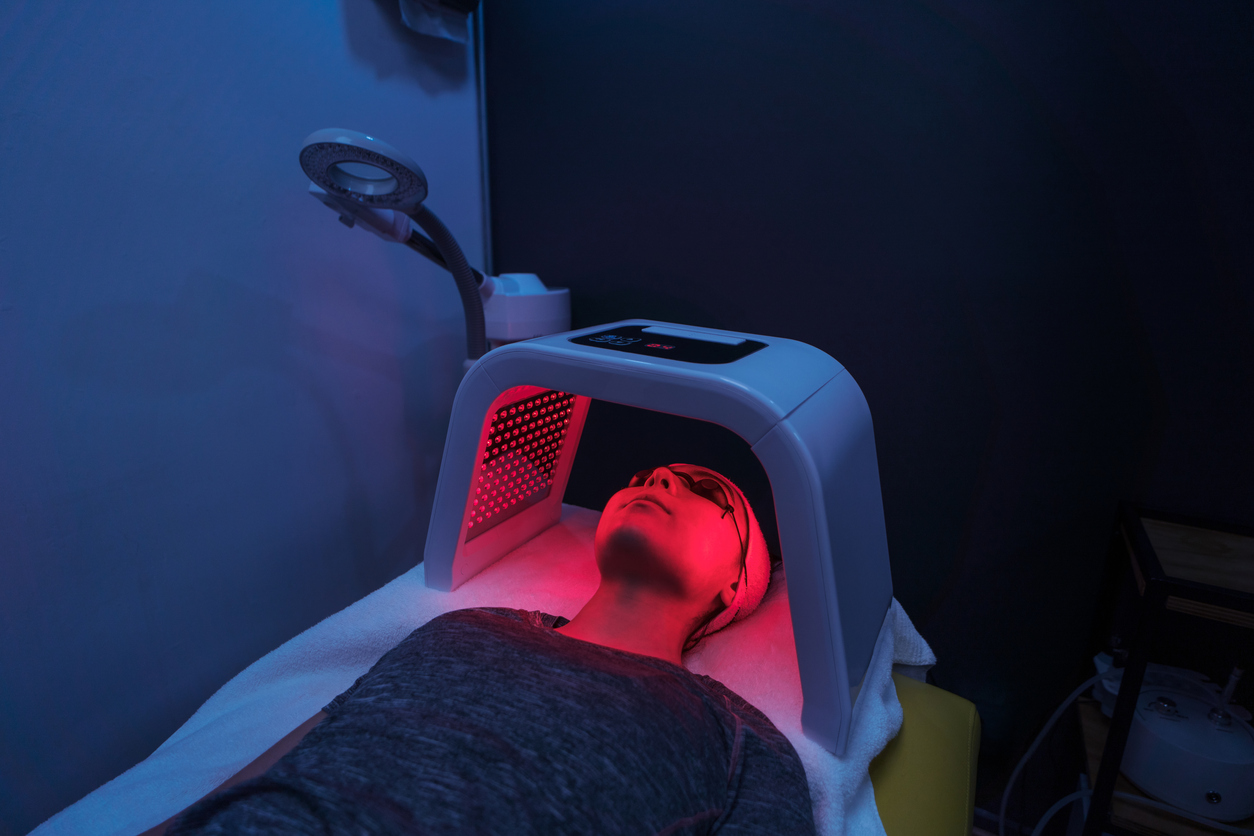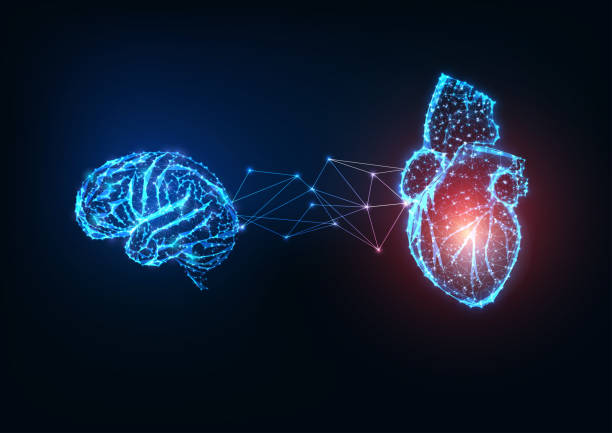This article will answer seven top and common questions about red light therapy. However, before getting into insightful details, let us understand red light therapy.
1) What is red light therapy?
Red light therapy (rt) is a type of light therapy that has been used for many years to treat various skin and hair conditions. It’s also known as “phototherapy.” Although ancient cultures have long practised red light therapy, it wasn’t until the early 1900s that researchers began looking into how red light affects the human body. The therapy depends on endorphins, which the body naturally produces and releases when it comes into contact with red light.
2) What are the benefits of red light therapy?
Red light therapy is a non-invasive, painless treatment that has several benefits. By projecting light onto the scalp, the therapy activates the cells in the scalp’s follicles. It also promotes blood circulation in the area and improves microcirculation.
The benefits are numerous. It can be used to treat symptoms of alopecia areata and male pattern baldness, as well as other types of hair loss. Additionally, light therapy promotes wound healing and might lessen scalp irritation.
The hair follicle is strengthened, and hair growth is stimulated by red light therapy. Furthermore, it lessens scalp inflammation and stops bacterial growth. For the treatment of disorders like arthritis, muscle discomfort, and skin conditions like acne, it has been clinically demonstrated to be quite beneficial.
Different frequencies of red light are used for different purposes. The most common frequency is 630 nanometers, which is the wavelength that penetrates the deepest into your skin. Red light therapy can also be used to reduce pain and help with weight loss or muscle recovery.
3) How does red light therapy work?
Red light therapy is a great way to increase your energy levels. It is a non-invasive anti-ageing treatment approved by the FDA to treat ageing skin among several other ailments. It is also called phototherapy or photochemotherapy. It uses the power of light to heal the body from the inside out.
The therapy uses a combination of red light and gentle touch to penetrate the skin and stimulate the production of nitric oxide. Nitric oxide is a chemical that helps in pain relief and inflammation, so this technique could have an impact on sufferers.
The red light helps the body produce more ATP, which provides the energy that your cells need and heals the affected area.
4) Can I perform red light therapy at home? How long should I do it for?
Yes, of course. Infrared light therapy at home is just as feasible as going to a spa. Also, LED light therapy is established to be painless and provides identical outcomes as red light therapy without the hassle of going out every day. LED stands for light-emitting diode, which, when used as skincare therapy, uses a variety of light wavelengths, including red, blue, amber, and white.
It is non-invasive, doesn’t require a prescription, has no side effects, can be done on any part of the body, and is affordable—costing around $500-$600 for a full home kit. To treat acne, lessen inflammation, and encourage anti-ageing effects, including boosting collagen, this procedure is now used all over the globe for both in-office and at-home treatments.
The use of red light treatment is convenient both at home and in spas. The finest at-home red light therapy for treating facial wrinkles is RejuvaliteMD Red Light treatment by Trophy Skin, which has received FDA approval. The ideal usage of the device is for 5 minutes, 5 days a week.
5) What is the most suitable red light therapy at home?
Red light therapy is a non-invasive way to improve the appearance of ageing skin and reduce the appearance of wrinkles and acne through a process called photobiomodulation. There is no one best light therapy, as only a few good ones are providing good results. The best red light treatment devices are those that offer a variety of wavelengths from 630 nm to 1064 nm, which encompass the whole spectrum of red light. Here are a few of the most acceptable devices available:
- Joovv red light therapy
- Dr Dennis Gross DRx SpectraLite FaceWare Pro.
- Dr. Dennis Gross DRx SpectraLite EyeCare Pro.
- SolaWave 4-in-1 Red Light Facial Wand. BEST FACIAL WAND.
- Lua Red Under-Eye Patches. EASY TO USE.
- Hooga Red Light Therapy Device.
6) How much does red light therapy cost?
The cost varies depending on the type of device you use, how often you use it, the location, and where you purchase it from. The average cost ranges from $100 to $500 for an at-home device and $100 to $300 for an office visit. But it’s worth it if you want to get relief from chronic pain, stress, depression, and much more.
For example, the cost of a single session at the Red Light treatment Center in Los Angeles is $200. There are also monthly memberships available for $150 per month, which include unlimited treatments with no contracted time. In Thailand, the price starts at $6 per session, while the price in the UK is around £4 per session.
The cost differs depending on the provider and the location of the body being treated, too. For example, acne treatments can range from $50 to $150 per session, while treatments for psoriasis may be more expensive at $200-300 per session.
7) Are there any cons to red light therapy?
Indeed, there are some cons too, but they lack conclusive evidence. Some people may experience side effects such as headaches, eye strain, and nausea if used too long or too often.
Another disadvantage of red light therapy is that it can cause skin changes, including damage to the skin such as blistering. A 2012 Cochrane review concluded that “current evidence is insufficient to determine whether red light therapy is effective for people with psoriasis.”
8) What precautions need to be taken?
Photosensitive or photosensitizing patients need to consult their doctor before taking light therapy. For now, the use of LED light therapy is only safe for people who do not have any of these health issues: SLE, epilepsy, or pregnancy.
For safety, experts recommend wearing goggles for light therapies to protect against headaches and migraines. Any individual undergoing therapy should avoid staring at bright lights.





You made some nice points there. I looked on the internet for the issue and found most people will consent with your site.